Volunteer for National Public Lands Day
Tips from the U.S. Department of Interior on ways to volunteer and enjoy National Public Lands Day.
National Public Lands Day is the nation’s largest, single-day volunteer event for public lands. Held every year on the last Saturday of September, National Public Lands Day brings together hundreds of thousands of individual, student and organizational volunteers to help maintain and restore America’s treasured places.
Public lands are managed by public agencies but belong to and are enjoyed by everyone. These special places provide us with outdoor recreation, education and relaxation; volunteering is a way for the public to give something back. The beauty and importance of public lands inspire us all, and we hope to see you outdoors for this year’s National Public Lands Day on Saturday, September 30.
Whether it’s volunteering for National Public Lands Day or throughout the year, check out some of the many ways to help support your public lands.
Clean Up Days
Unfortunately, trash often collects along roadsides and waterways on public lands. Fortunately, volunteers are out every day helping clean it all up. From pulling mounds of plastic bags captured by trash traps in Anacostia Park to removing tons of marine debris from coastlines and lakeshores, thousands of volunteers are protecting waterways and wildlife by removing garbage and hazardous objects. Every extra set of hands helps, so this is a great opportunity for people with limited time to share. You’ll see immediate results and if you bring some friends, it can even be fun!
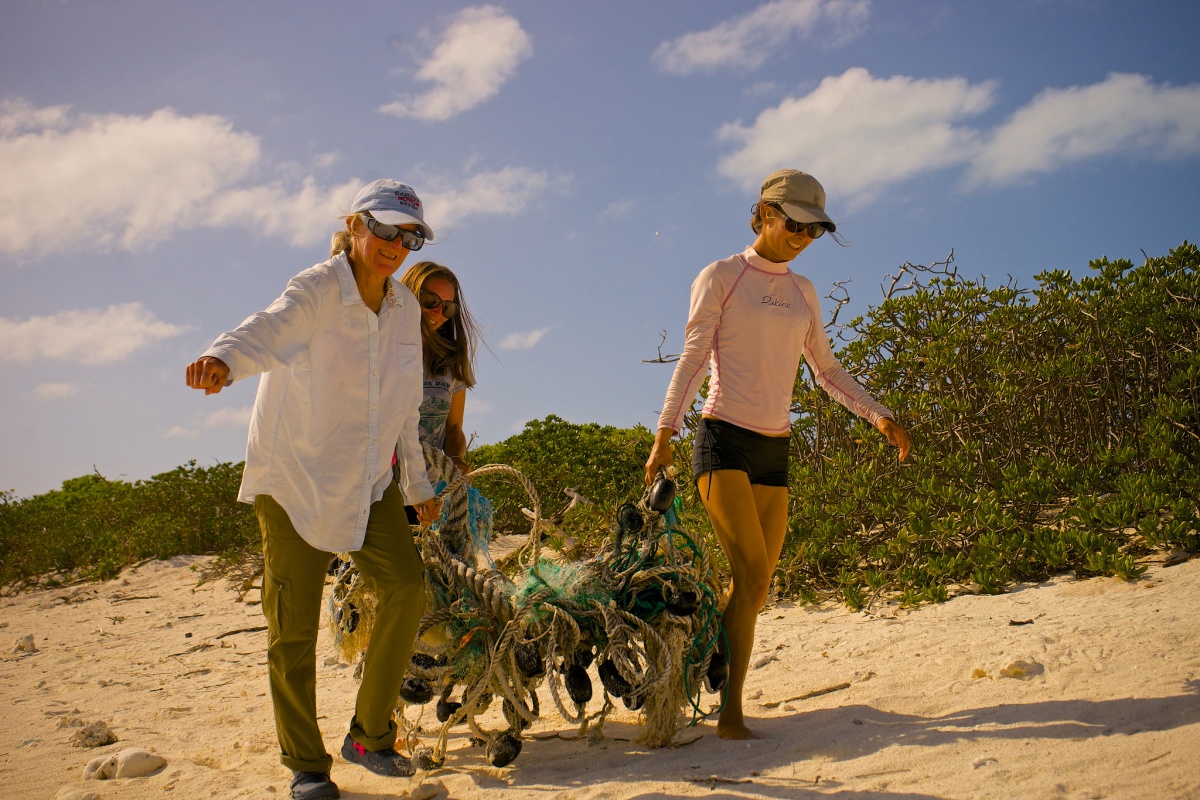
Team Rubicon
Team Rubicon is a non-profit organization that unites the skills and experiences of military veterans and first responders to act as trained volunteers across the country. On public lands, Team Rubicon volunteers work as wildland firefighters with Bureau of Land Management crews, deploy for disaster relief at incidents across the country and operate heavy machinery for wildlife refuge projects like a new pony corral at Chincoteague National Wildlife Refuge in Virginia. The partnership between Team Rubicon and Interior is a popular program, and the training and work experience the veterans gain improves their chances of finding jobs with these skills.

Crazy Ant Strike Team
This unique volunteer opportunity sends four people to live on a remote Pacific island to help eradicate invasive Yellow Crazy Ants. Johnston Island is an extremely isolated site, where all but emergency access is by ship, which takes three-five days from Honolulu, Hawaii. No re-supply or ship visits are anticipated during the six-month camp, and communication is limited. If you’re interested in the position, camping experience, scientific training and a sense of humor are recommended.
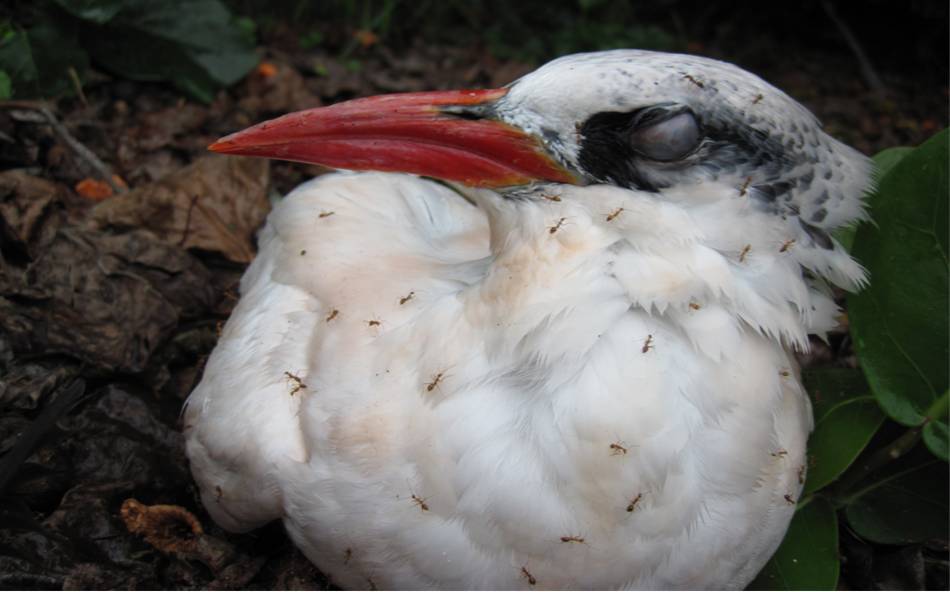
Artists on Public Lands
The sights and sounds of public lands inspire artists in more than 50 residency programs across the country. Whether staying in a remote wilderness cabin at White Mountains National Recreation Area north of Fairbanks, Alaska or contemplating history at Herbert Hoover National Historic Site in Iowa or working in a contemporary studio overlooking the stone-lined fields at Weir Farm National Historic Site in Connecticut, these programs provide artists with unique opportunities to create works of art in natural and cultural settings. Artists often lead workshops, provide onsite public presentations and share their work at local exhibits. Programs vary, but residencies in a variety of creative media are typically two to four weeks in length and most include lodging.
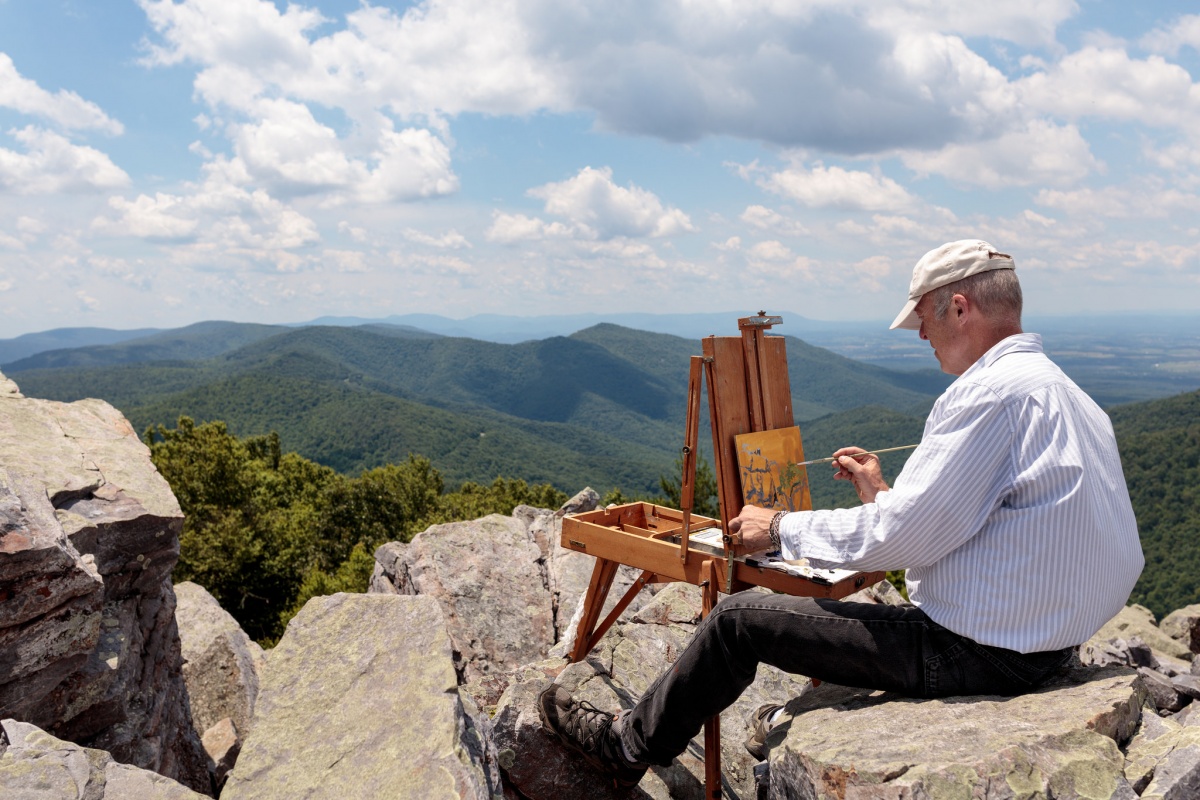
Weed Warriors
Invasive species — nonnative plants and animals that cause harm to the environment, economy or human health — have serious impacts on public lands. They attack healthy ecosystems, damage cultural resources and can interfere with visitors’ experiences on public lands. Identifying and removing these destructive plants and animals is a huge challenge that can only be met with the support of volunteers across the country. Alone or in groups, trained volunteers patrol and protect public lands from invaders like poison hemlock at Nisqually National Wildlife Refuge in Washington and quagga mussels in Lake Mead National Recreation Area in Nevada.
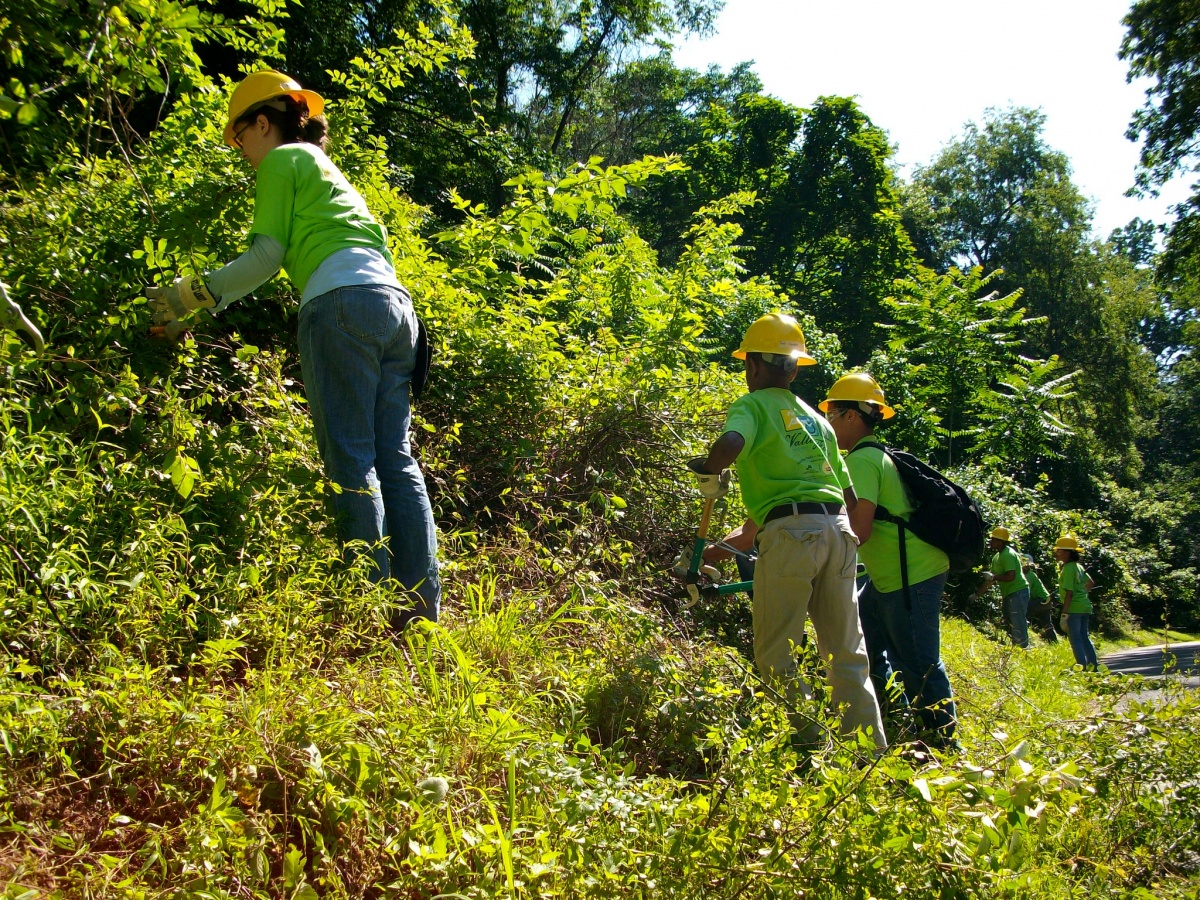
Sea Turtle Volunteers
Several species of seas turtles are endangered and in need of help. Volunteers at Padre Island National Seashore in Texas work with staff to locate nests, incubate eggs and send baby turtles out into the wild at controlled releases. Volunteers play a vital role at release events, helping control large crowds and guarding the turtles from gull attacks. The job calls for some early mornings, but the reward of seeing those cute little turtles race into the surf is something you’ll never forget.
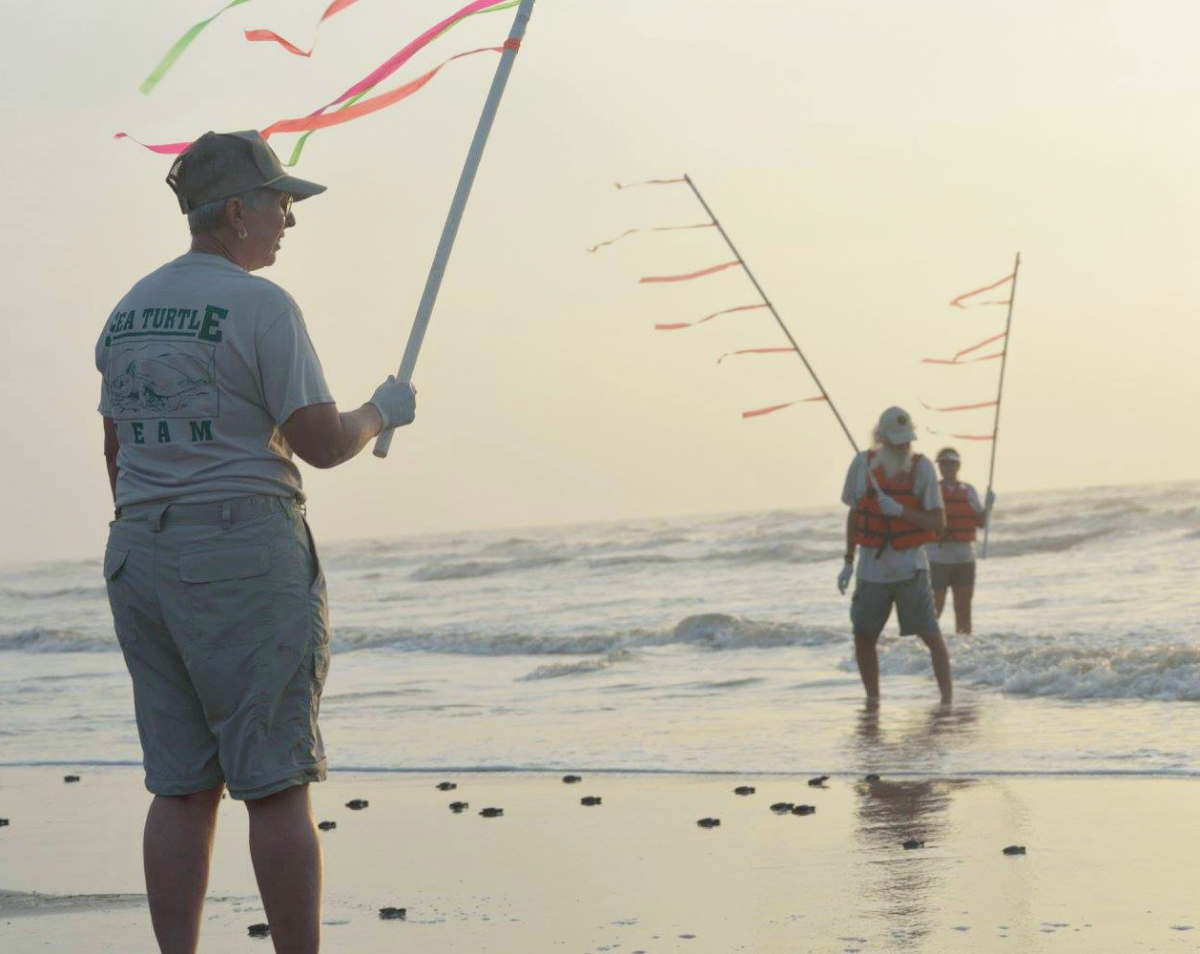
Citizen Scientists
Even if your scientific learning stopped in high school, there are lots of ways to contribute to scientific research about the natural world. From counting monarch butterflies to studying plant growth and tweeting earthquake locations, citizen science empowers the public to help scientists conduct and inform research. Public lands volunteers can combine their passion with a research field. Bird watchers, like this long-term volunteer at Hagerman National Wildlife Refuge in Texas, can help with bird counts and migration analysis. Gardeners can help study pollinators, plants and invasive species at places like Voyageurs National Park in Minnesota. No lab coat needed!
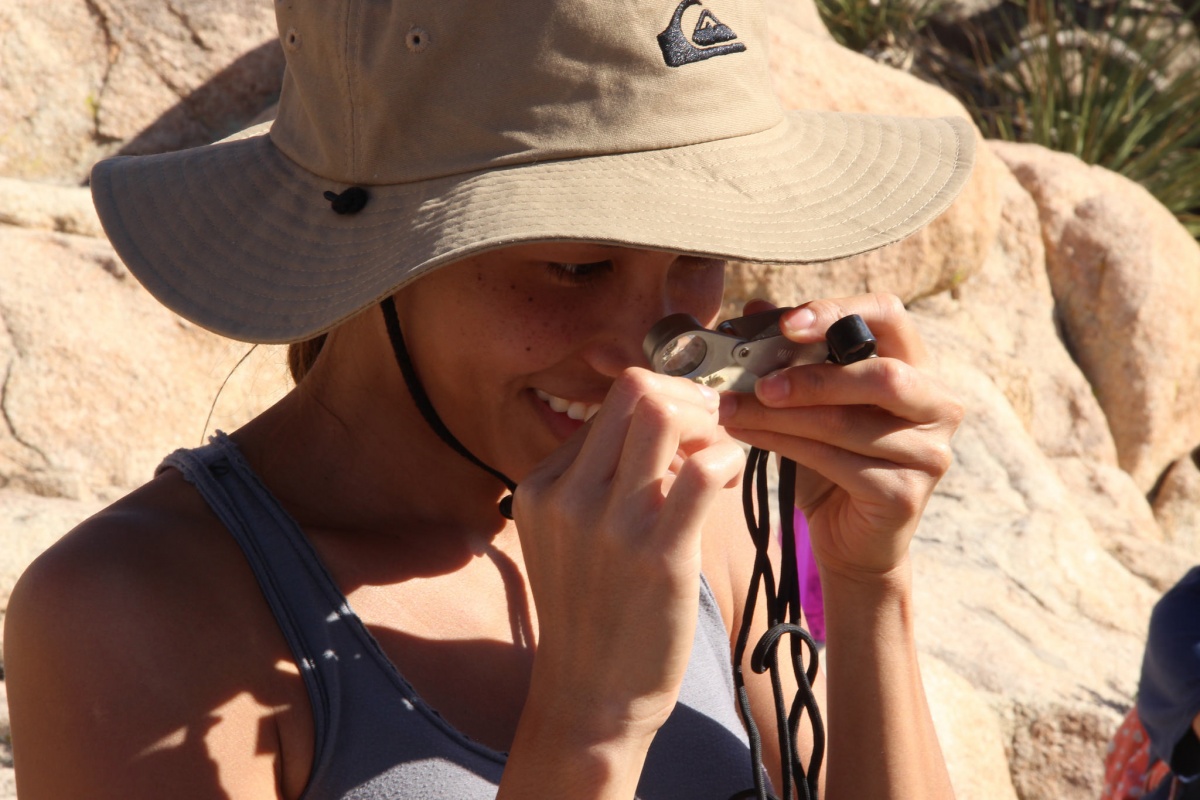
Campground Hosts
Hosts are often thought of as the “eyes and ears” of campgrounds. They provide information regarding campground facilities and activities, wildlife sightings and safety concerns. Hosts staff visitor centers, provide upkeep of campgrounds, assist with the selection of campsites, and camp registration and fee payment. Many campgrounds have RV hookups or bunkhouses for hosts and often supply a uniform. Because of training requirements, many campground host positions require a minimum time commitment. The National Park Service, Bureau of Land Management and U.S. Fish and Wildlife Service all welcome campground hosts, making it a great way to enjoy a variety of public lands while serving the public.
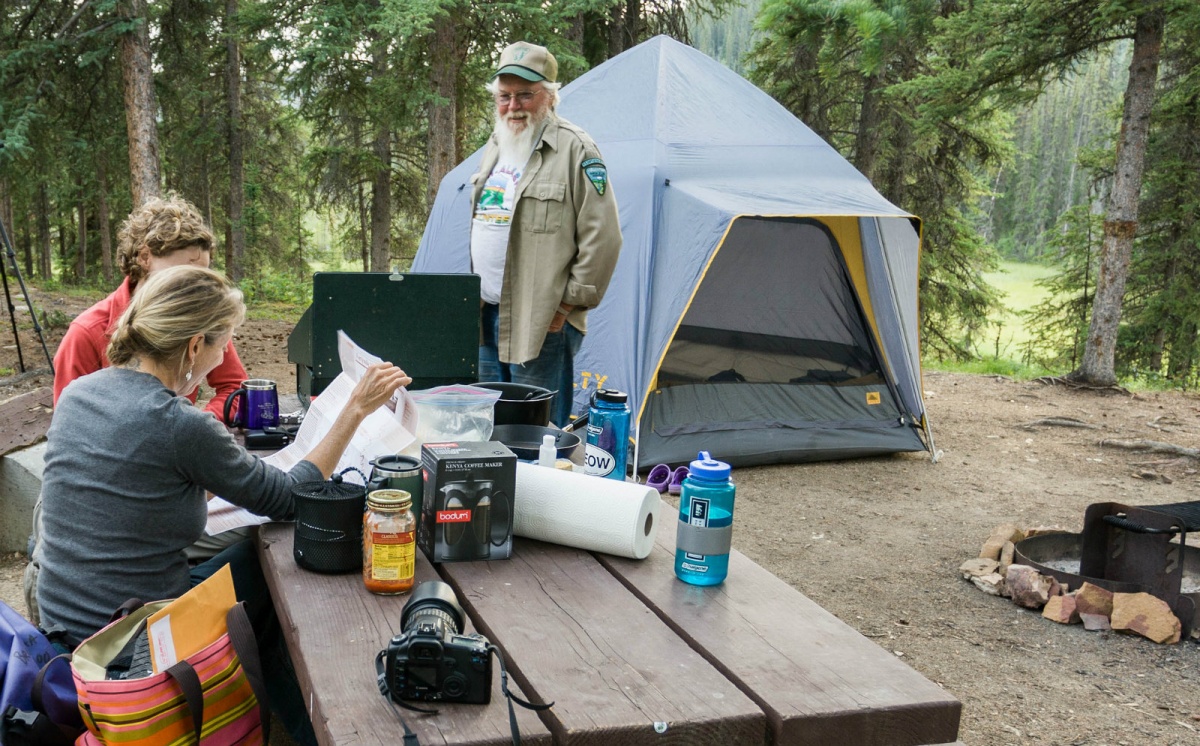
Bike Rangers
On public lands with miles of roads and trails, bike patrol volunteers help protect landscapes and increase visitor safety. Greeting people with a smile, volunteers expand the reach of park and refuge staff, and assist visitors with information, directions and first aid. Along the Chesapeake and Ohio National Historical Park’s 184-mile towpath, bike volunteers identify hazards and damage to trails and bridges. Bike patrol volunteers should be physically fit, have excellent communication skills and be comfortable operating without direct supervision.
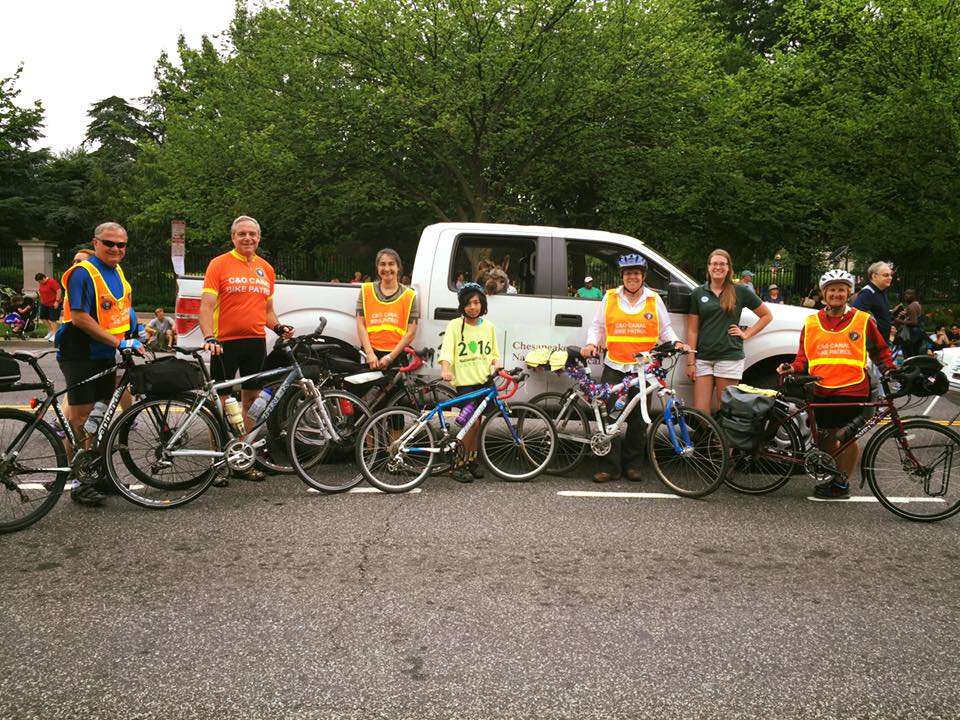
River Ranger Volunteers
There are a lot of volunteer opportunities for people who enjoy boating and fishing. Volunteers for the Big River Journey at Mississippi National River and Recreation Area in Minnesota teach students about the biology and history of this mighty waterway. Volunteers at San Juan River Recreation Area in Utah inspect boats, help maintain docks and assist rangers on safety patrols. At Chattahoochee National Recreation Area in Georgia, volunteers in canoes clean up the river and monitor water quality. Are you on board?
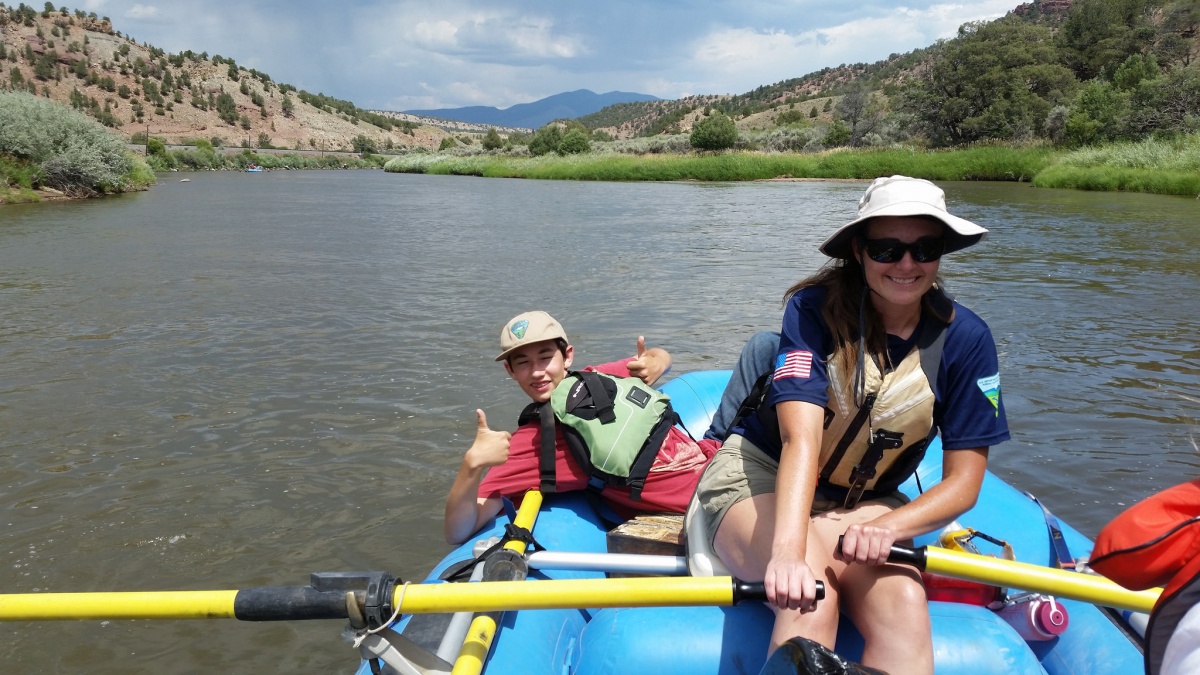
Living-History Volunteers
At battlefields and historic sites across the country, living-history volunteers help immerse visitors in the sights and sounds of the past. These specially trained volunteers wear period-era clothing and share stories from the perspective of the people who shaped our nation’s history. Passion for history and good storytelling abilities are a must. If you volunteer at a park like Fort McHenry National Monument and Historic Shrine in Maryland or Yorktown Battlefield in Virginia, you might even get to fire a cannon!
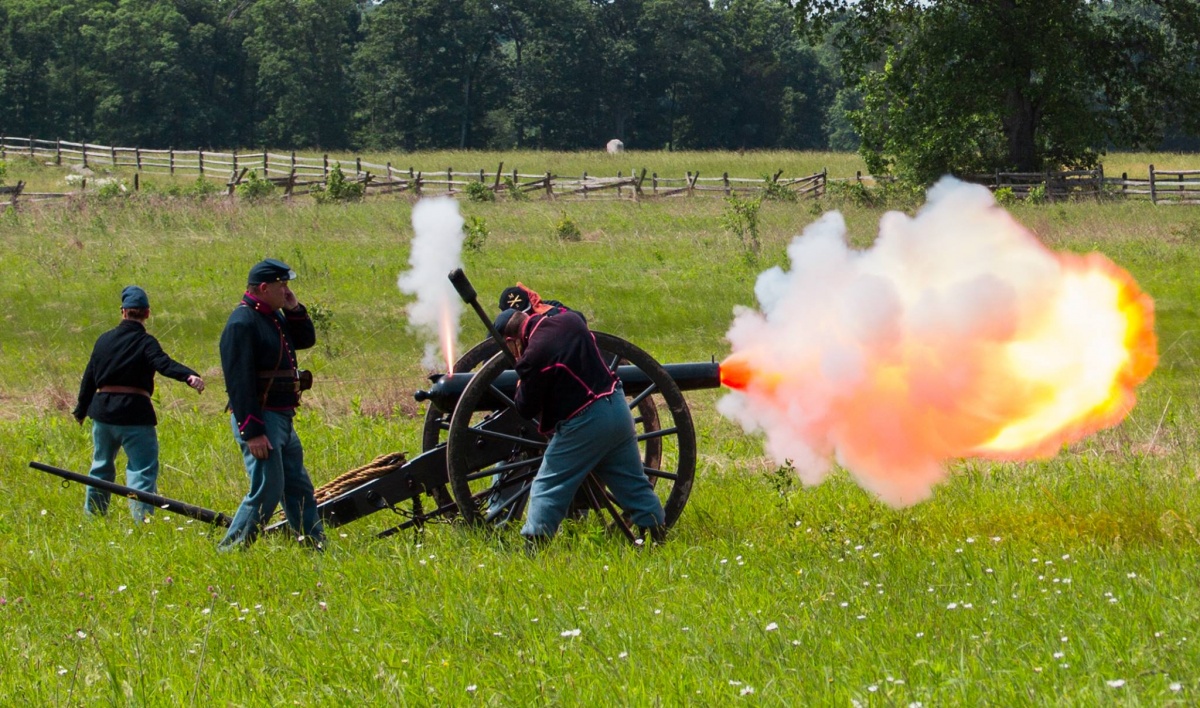
Trail Teams
Public lands are known for being the best places in the country to hike, bike and horseback ride. Keeping thousands of miles of trails open and marked requires an army of volunteers. They blaze trails, remove hazards, repair bridges and post signs. In some parks and wildlife refuges, volunteer groups adopt a section of a trail and take on the responsibility of maintaining it. Other trails are restored in a single day by a large volunteer blitz. Trail volunteers also help with visitor information and wildlife reporting as they work in the field. If you’re interested in getting some exercise, supporting public lands and enjoying stunning scenery, it’s easy to find a trail near you.
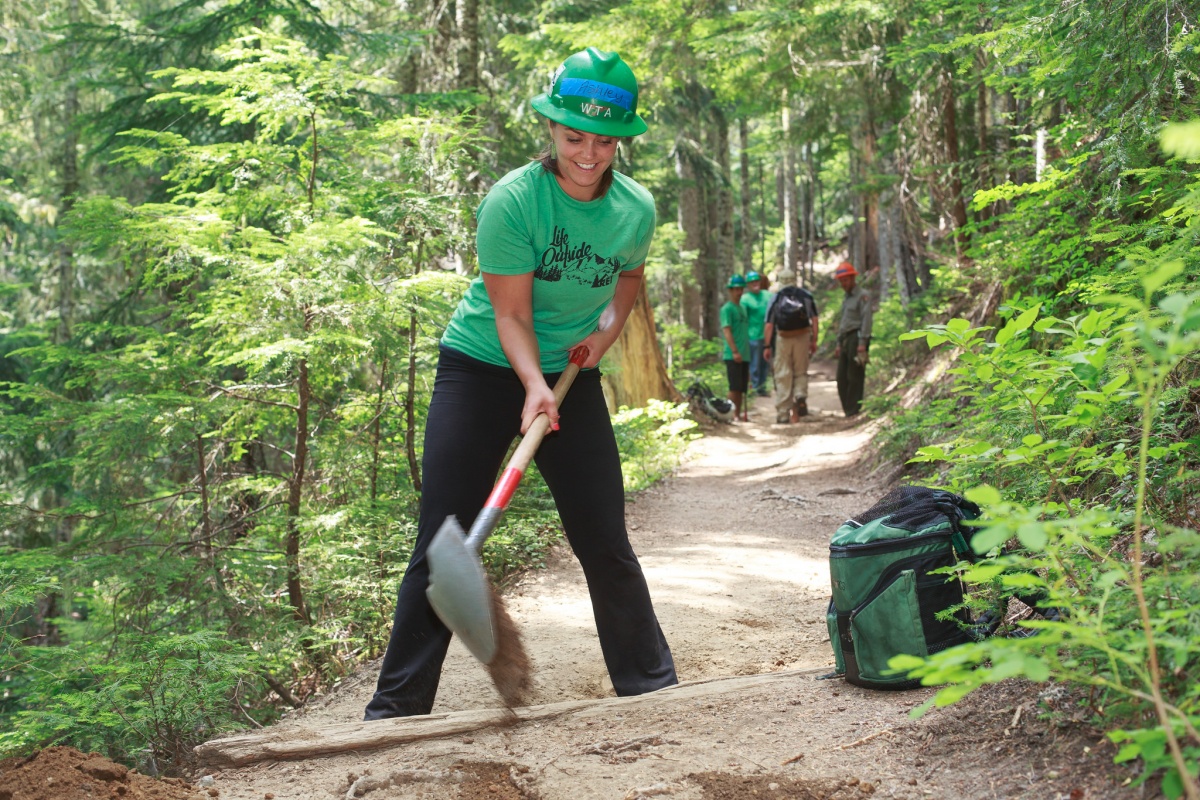
Fish Production Volunteers
National Fish Hatcheries operated by the U.S. Fish and Wildlife Service are vital for conserving both imperiled fish species and common game fish populations within the United States. At these facilities, volunteers work alongside experts to feed fish, clean raceways, transport fish, conduct sample counts and maintain habitat. It can be a smelly, messy job, but conserving fisheries and inspiring the next generation of anglers is worth it. Wolf Creek National Fish Hatchery in Kentucky also encourages volunteers to explore the natural beauty of the region.
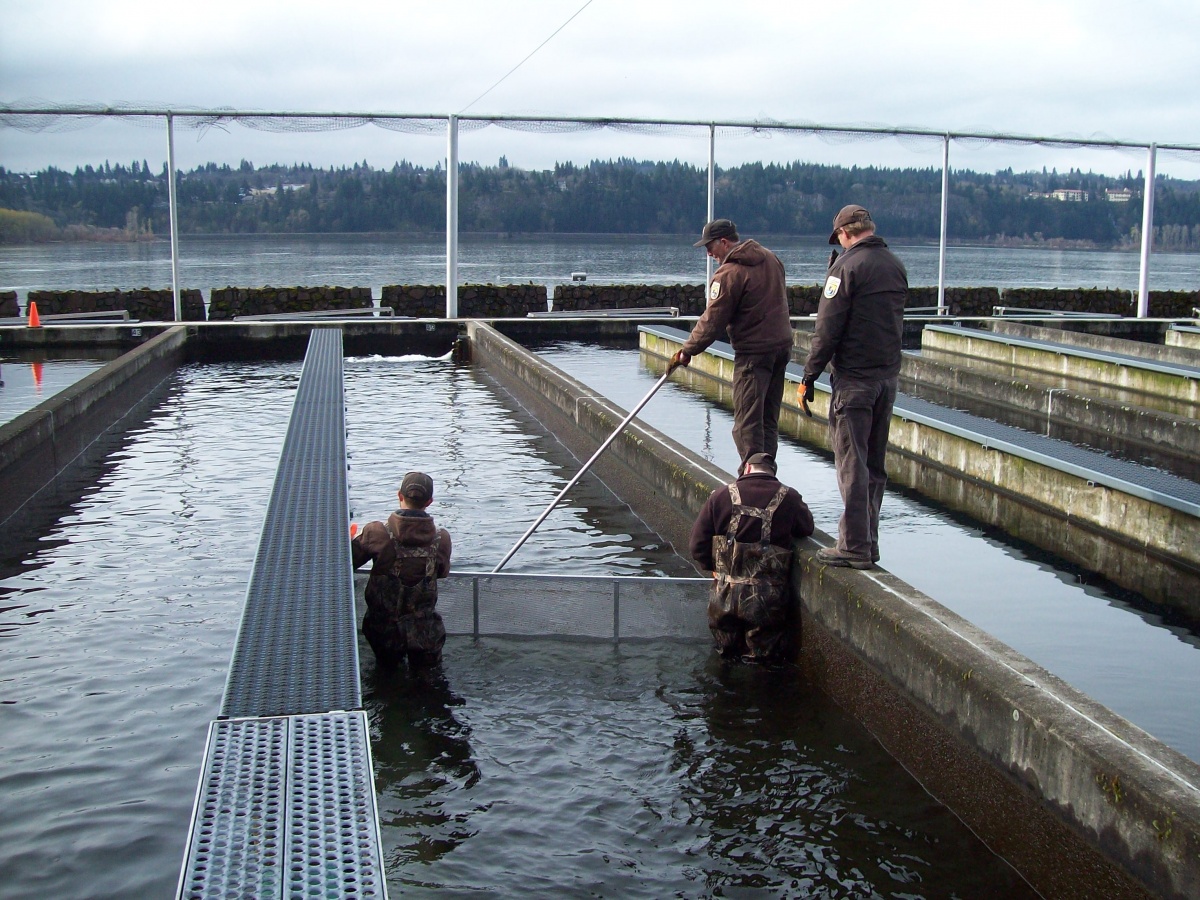
Rails & Trails Volunteers
Supported by a partnership between the National Park Service and Amtrak, Rails & Trails volunteers help train passengers learn about rail history and the special places along their route. Volunteer guides attend multi-day training sessions to learn the ins and outs of this unique kind of interpretation and education. Days on the train can be long, and each volunteer must meet minimum physical requirements, but it’s a great experience for the volunteers and the passengers.
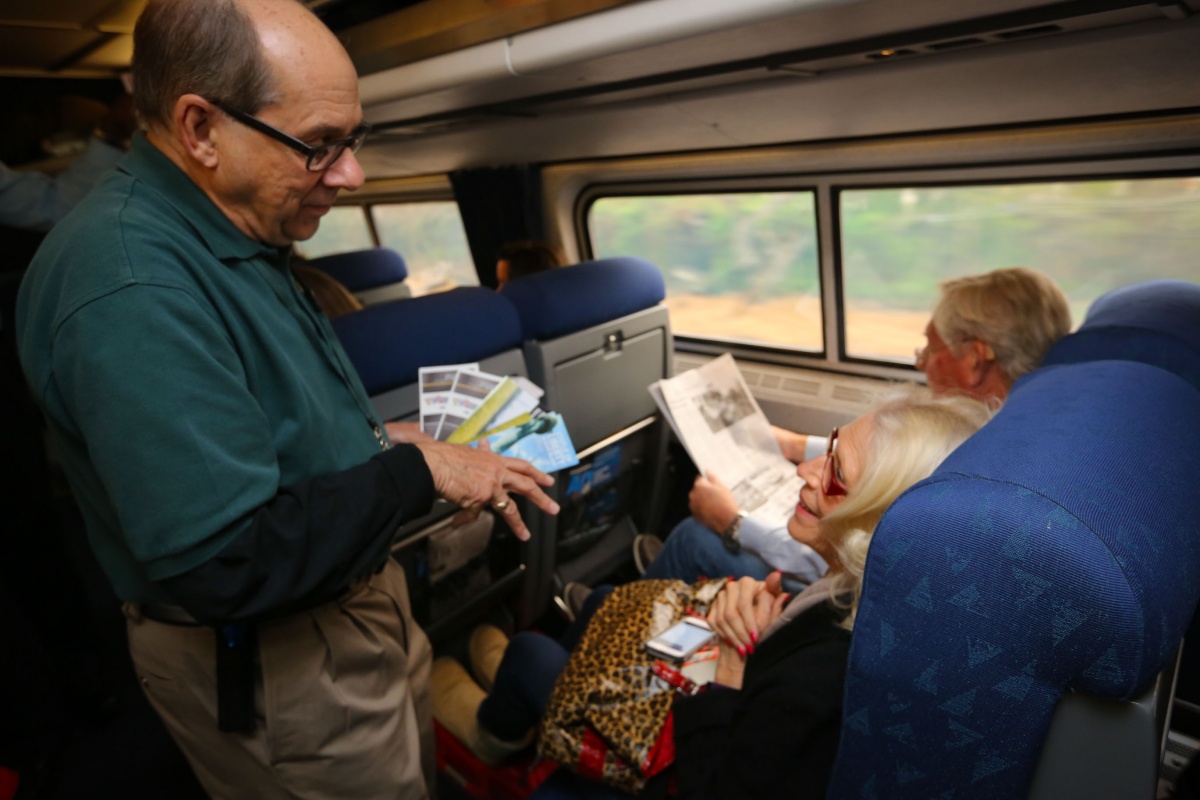
Yoga and Dune Restoration Volunteer Events
Sometimes the reward for working as a volunteer is a t-shirt or a free meal from a partner group. At Point Reyes National Seashore in California, the park offers yoga classes to volunteers who help out with dune restoration. Supervised volunteers remove European searocket, an invasive plant that is threatening a thriving patch of Tidestrom’s lupine. Afterwards, volunteers can have lunch watching the crashing waves and spend about 30–45 minutes doing yoga on the beach with a certified yoga instructor.

Volunteer Ushers at Wolf Trap National Park for the Performing Arts
Perhaps the best volunteer opportunity in the National Park Service, volunteer ushers at Wolf Trap National Park for the Performing Arts in Virginia get to work with great people in a gorgeous outdoor setting while enjoying world-class entertainment for free! Trained by the staff in theatre operations, volunteers hand out programs, help patrons find their seats and enforce house rules at the only national park dedicated to the advancement of the performing arts. Over 700 volunteers staff more than 70 performances during the summer season.
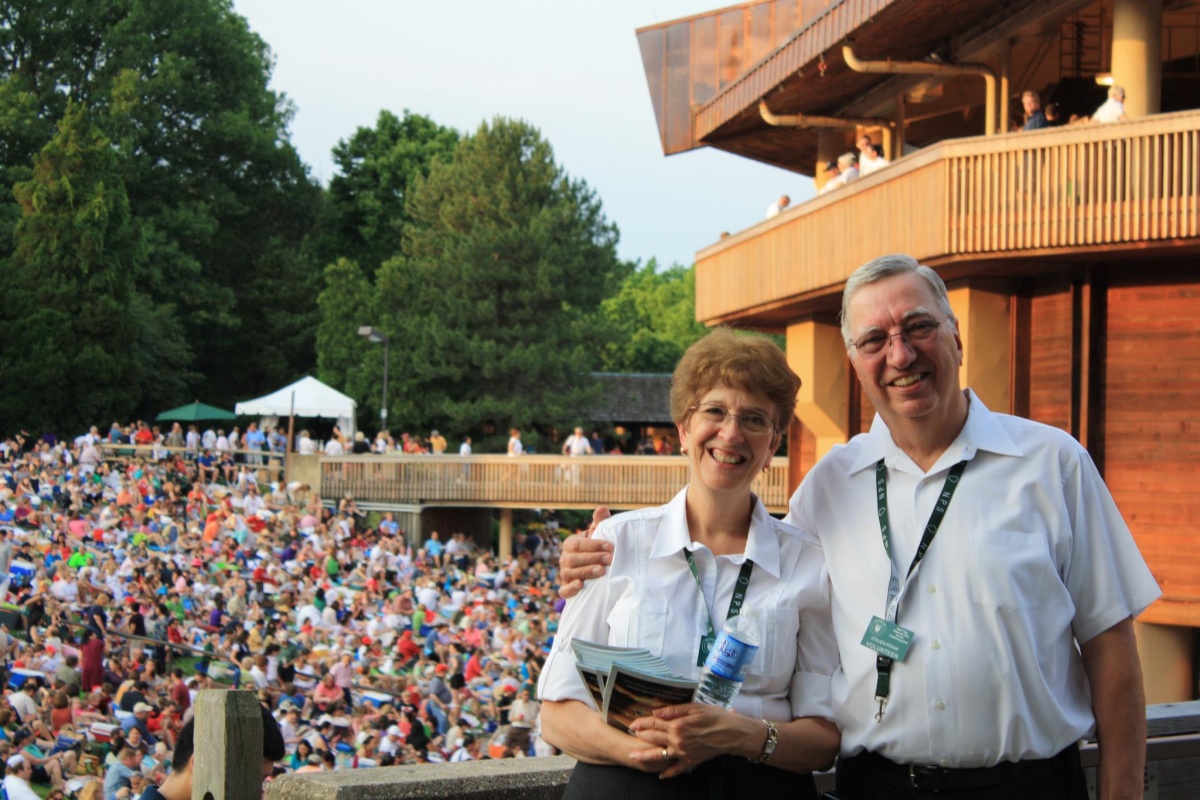
No matter where and how you volunteer, your time and effort is appreciated. Volunteer coordinators can recognize and reward volunteers with meals, uniforms and a special volunteer public lands pass.
If you’re able to volunteer your time, find volunteer opportunities in your area at www.volunteeer.gov.

